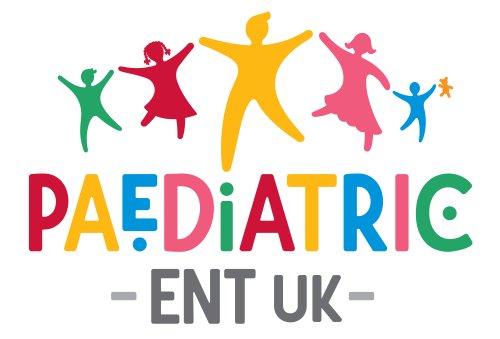What are grommets?
Grommets are small plastic tubes that are inserted into your child’s ear drum. Grommets improve the middle ear They usually stay in for 12 months after which they fall out on their own.
Why are grommets beneficial?
The operation removes the glue from you child’s ears, improve the middle ear function and prevent recurrence of glue. Children’s hearing usually improves soon after the procedure.
Grommets also reduce the number and severity of ear infections.
How are grommets performed?
Grommets are quick and straightforward day case procedure involving a general anaesthetic. Recovery is usually painless and children can return to school within a few days.
What are the risks of grommets?
Grommets are a very quick and safe procedure.
The risks are as follows:
- Infection (usually precipitated by water entering the ears).
- Persistent leaking from the ears (otorrhea) can occur in children with recurrent ear infections. This can be treated with short course of antibiotic ear drops.
- Occasionally the grommet falls out earlier than expected, however usually this causes no issues.
- Rarely grommets do not come out on their own and can cause recurrent infections in the long term and may need to be removed.
- A hole in the ear drum that does not heal (1% risk)- this can lead to infections and may require repair when the child is older
- Scarring of the ear drum (tympanosclerosis)- this does not usually cause any problems
What are the alternatives to grommets?
- Hearing aids
- For recurrent ear infections a long term dose of low dose antibiotic (as above)
What is the after care and recovery post grommets?
Children usually recover within 1-2 days following grommet insertion and can return to school after this if they are well. Some care needs to be taken to prevent water entering your child’s ears in the initial postoperative period (see below)
Can my child swim / wash their hair with grommets?
I usually suggest that children avoid swimming for the first 2 weeks following grommet insertion to allow the ear drum to heal. In this period it is also useful to minimise hair washing and use ear plugs or cotton balls soaked with Vaseline in the ear during baths.
After this period swimming doesn’t tend to cause too many problems. Use of a moulded ear plug with a swimming cap can be considered if there is concern regarding ear infections.
Diving should be avoided as it is associated with a higher pressure and thus may lead to water being forced in to the middle ear and subsequent infections with grommets. If your child has any pain, ear discharge or fevers then antibiotic drops may be required.

